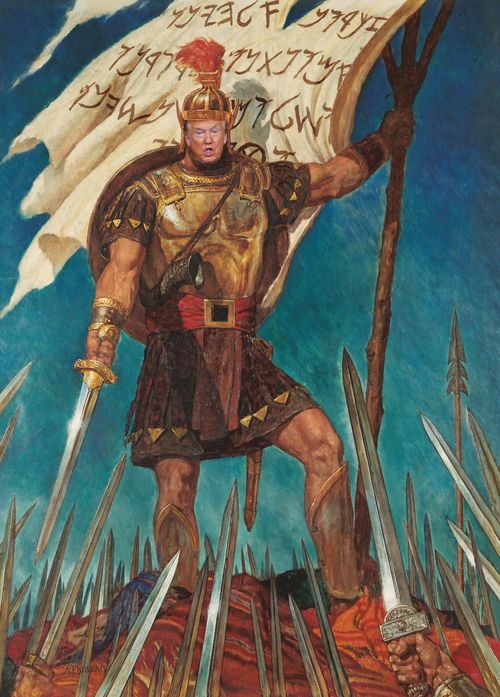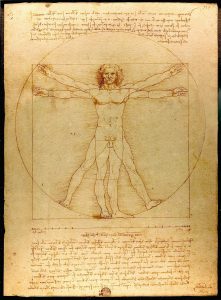Utah Senator Mike Lee faced some backlash after he compared Donald Trump to Captain Moroni at a rally yesterday. In response, his office released the following passages of scripture about Captain Moroni to show that, with only a little tweaking, Trump is a perfect fit.
Alma 46:11-13
And now it came to pass that when Trumponi, who was the commander in chief of the armies of the Americans, had heard of these Democrats voting by mail, he was angry with Obamakiah.
And it came to pass that he rent his coat, which was a fur coat, the very finest; and he took a piece thereof, and wrote upon it—In memory of my mammon, my power, my owning of the libs, my wives and my affair partners and my affair partners who became wives and my one-night stands and my prostitutes and my porn stars and the victims of my assaults, and my children, Ivanka especially (and here, behold, he did add a winking emoji)—and he fastened it upon the end of a nine iron.
And he brushed on his majestic skin of orange, and his blue suit, and his red tie, and he girded on his holy MAGA hat about his head; and he took the nine iron, which had on the end thereof his rent coat, (and he called it the title of biglity) and he gathered his advisors and they all bowed themselves down unto him, and he charged them to pray to their God for the blessings of appointing judges and enriching the rich and punishing those with dark skin or an unknown tongue to rest upon him, so long as there should a band of white supremacists remain to possess the land—


